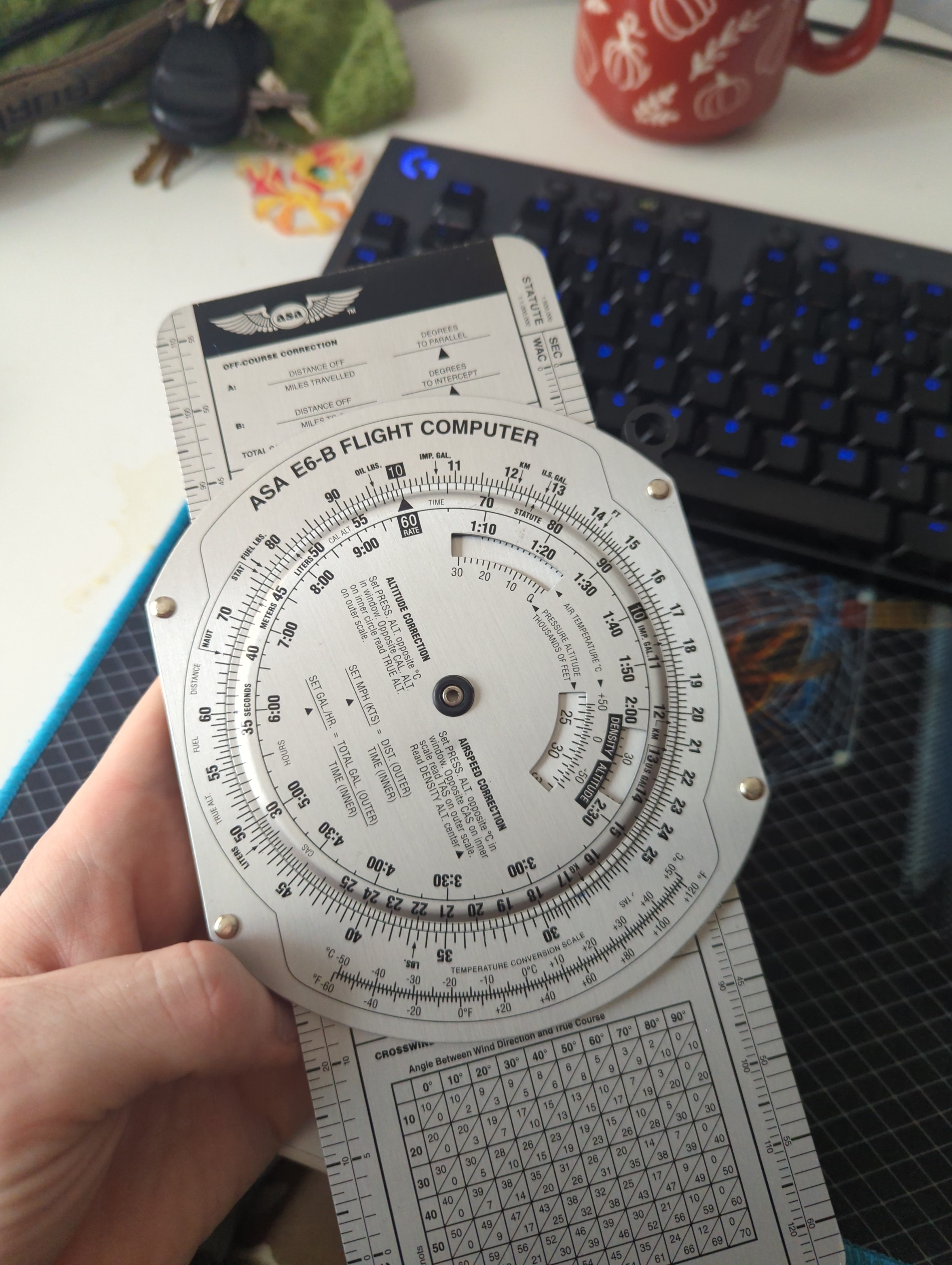this post was submitted on 11 Oct 2024
199 points (99.0% liked)
196
16800 readers
1937 users here now
Be sure to follow the rule before you head out.
Rule: You must post before you leave.
founded 2 years ago
MODERATORS
you are viewing a single comment's thread
view the rest of the comments
view the rest of the comments

There's a bit of a difference though between those computer driven iterative digital numerical methods and an analog continuous geometric object. It's like comparing pixel density and film grain. At a fine enough precision they become difficult to distinguish, but they are not the same. You could definitely use iterative methods to build a "continuous" solver at an arbitrary precision. We pretty much have to do it that way for any signficantly complex function.
Sorry, this comment got away from me and feels kind of incoherent now. I'm just trying to say that analog and iterative digital methods have subtle differences that one should remain aware of.